Tender, debut portraits by artist Paul Gervais are inspired by Lucian Freud
There's a certain tenderness to Paul Gervais's portraits, something that doesn't surprise us when we learn that all his subjects are personal, taken from the life he has shared for 46 years with his husband Gil Cohen, of whom there are several paintings in this series.

Portrait of Richard Wilson, oil on linen, 2020 © Paul Gervais
The new works are currently on show in Faces and Forms, an exhibition at the Boca Raton Museum of Art in Florida, and sit alongside Gervais's other series of imagined objects. "Whether real or imagined, all the paintings in this exhibition are a reflection of Gervais's life and perceptions," says Irvin Lippman from the Museum. "The intimate scale of these works forces the viewer to move in closer in order to see each painting's fine details, and in the case of the portraits – to more closely read each subject's personality."
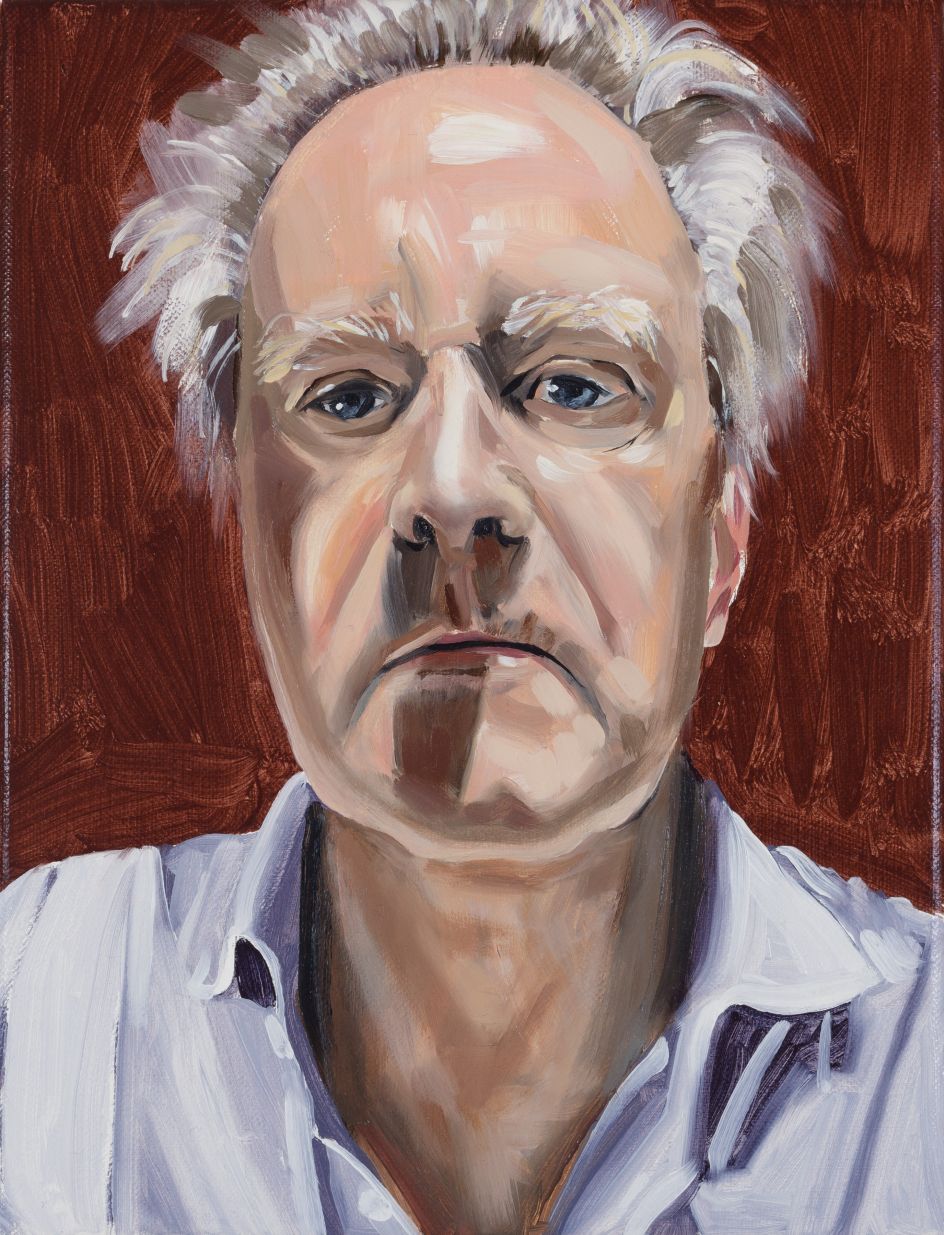
Self-Portrait © Paul Gervais
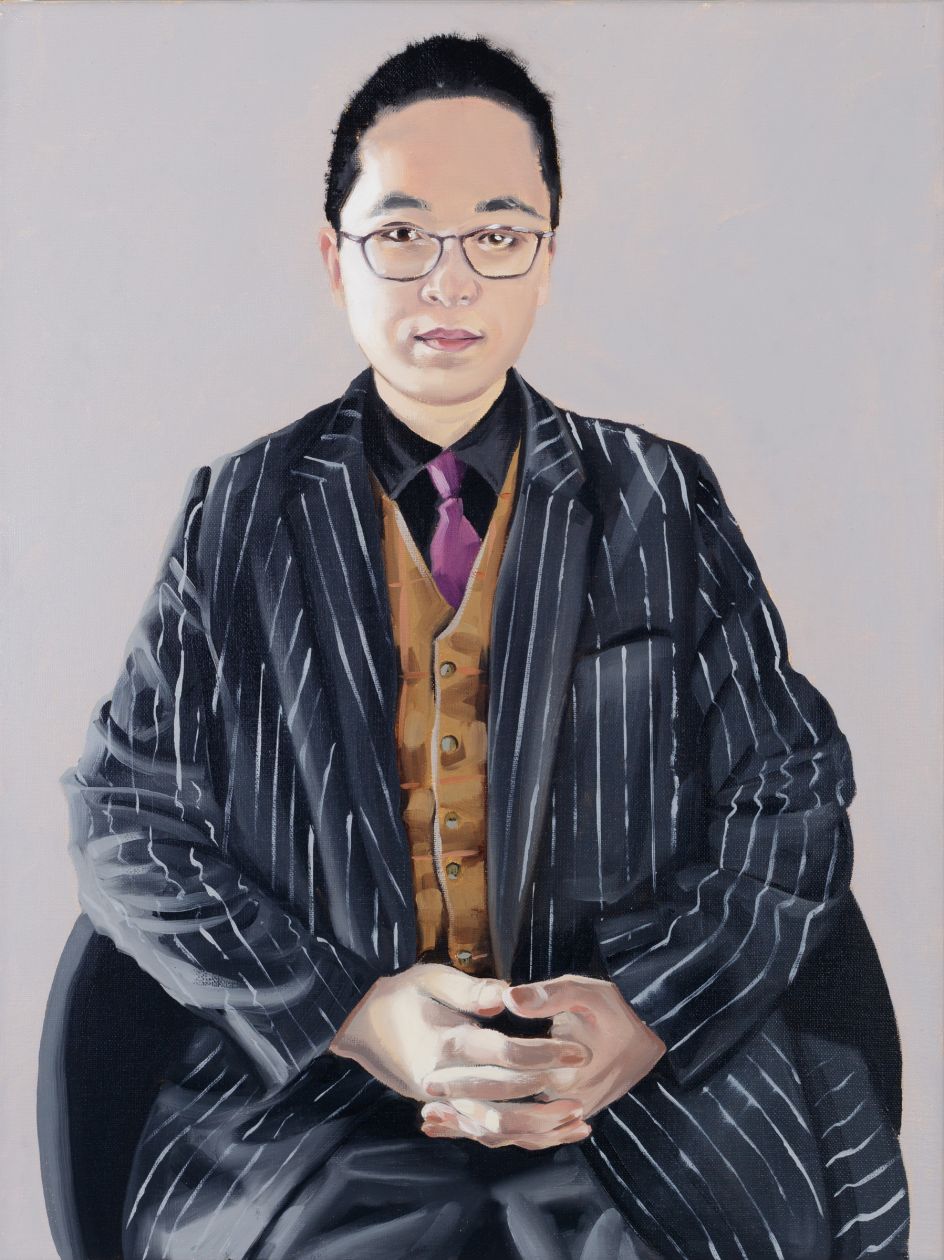
Portrait of Xu Tingyi, oil on linen, 2020 © Paul Gervais
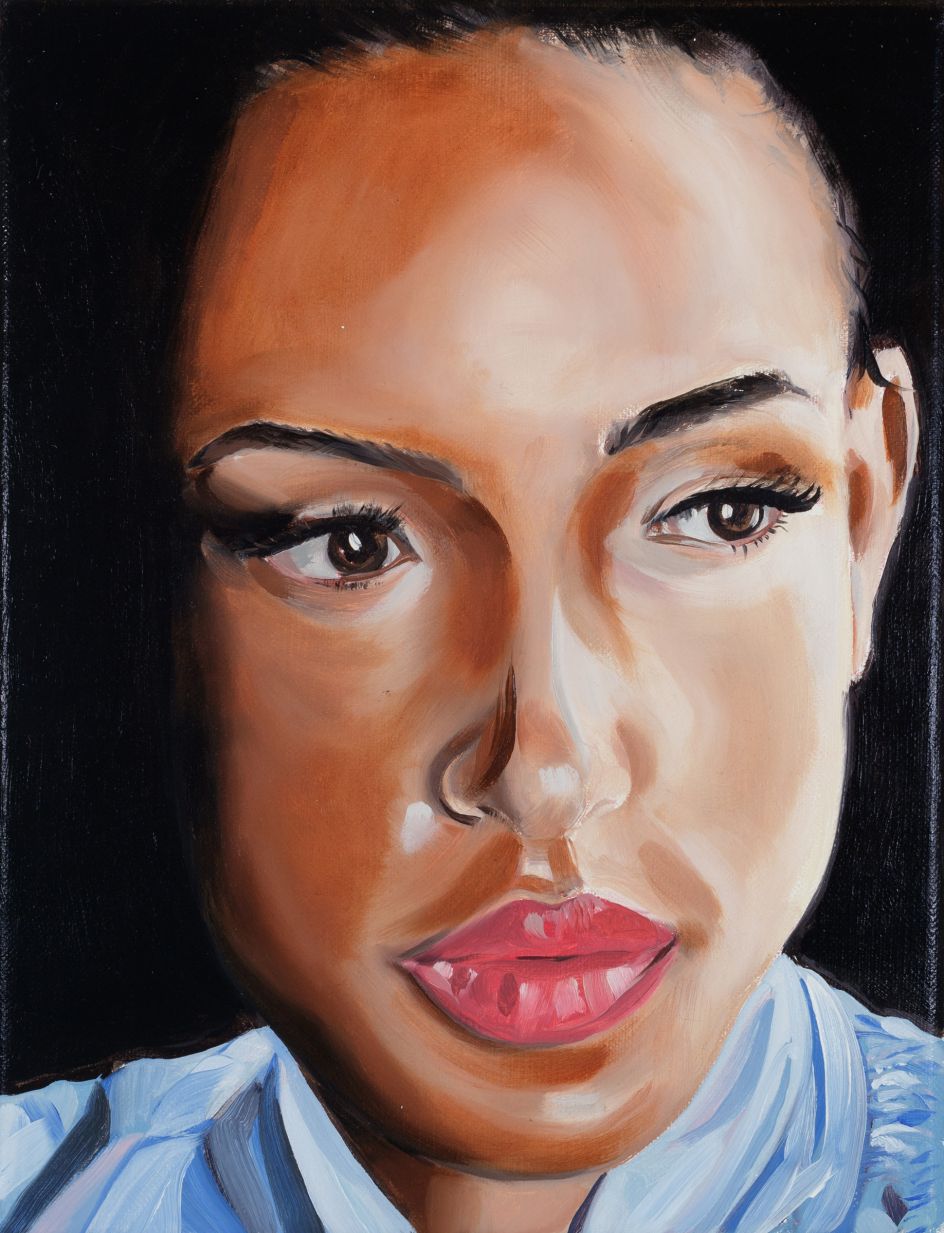
Portrait of Mumbi O’Brian, oil on linen, 2020 © Paul Gervais
Interestingly, it wasn't until recently that the London-based artist was driven to explore portraiture for the first time by two events in early 2020 that left an indelible mark on him: after he saw the exhibition Lucian Freud: Self-Portraits at London's Royal Academy of Arts; and after reading The Lives of Lucian Freud by William Feaver. "All of a sudden one day at home I came down to breakfast and there was my husband Gil, and it all clicked: in a flash I took his photo and rushed to my studio to paint my very first portrait," says Gervais.
The intimate, smaller scale of these paintings was inspired by Freud's smaller works, especially Freud's petite portrait of Queen Elizabeth. "To me, when I observe Lucian Freud's body of work, his portraits come across as a kind of autobiography. When viewing them I feel as though I could fill in the blanks of his life, and the history of art in that place in time," Gervais adds.
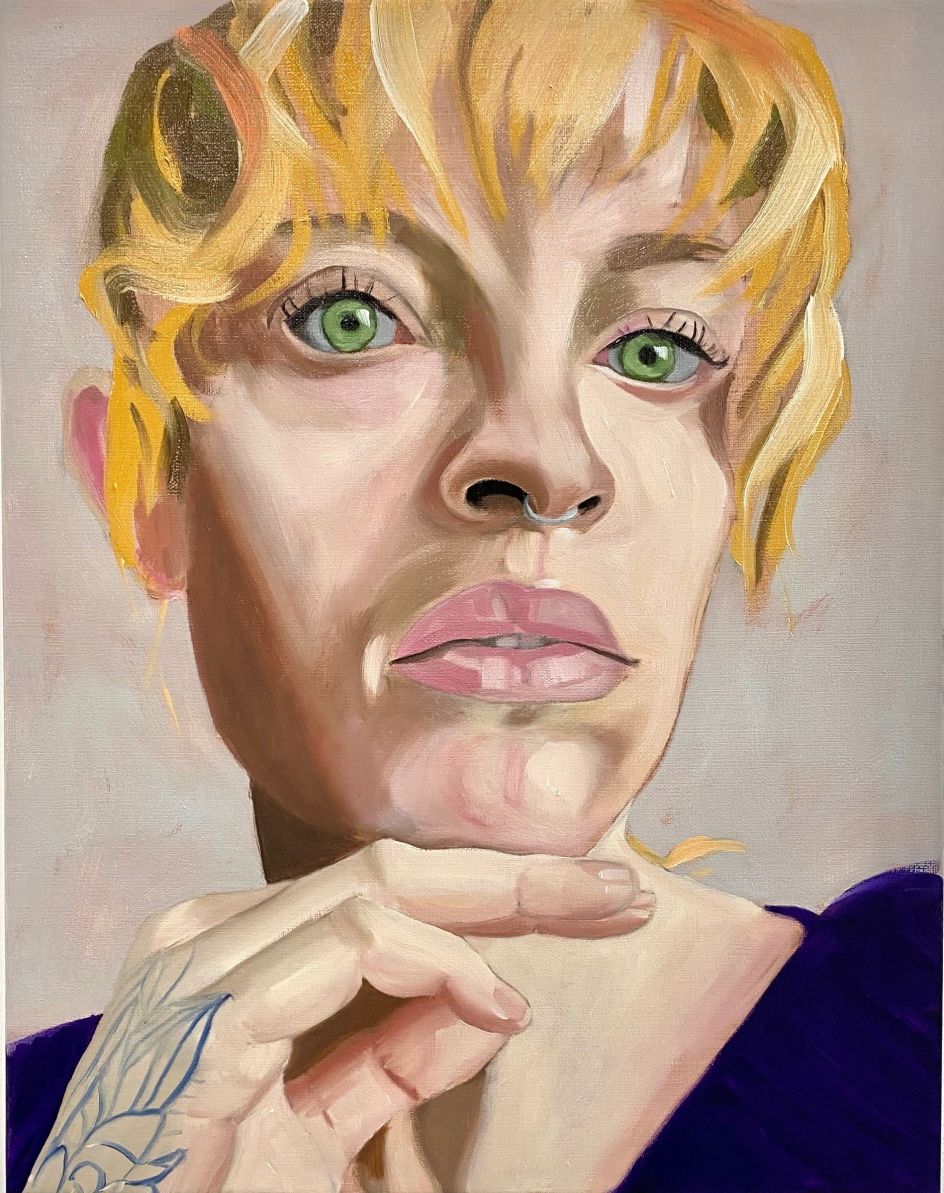
Woman with a Tatooed Hand, oil on linen, 2020 © Paul Gervais
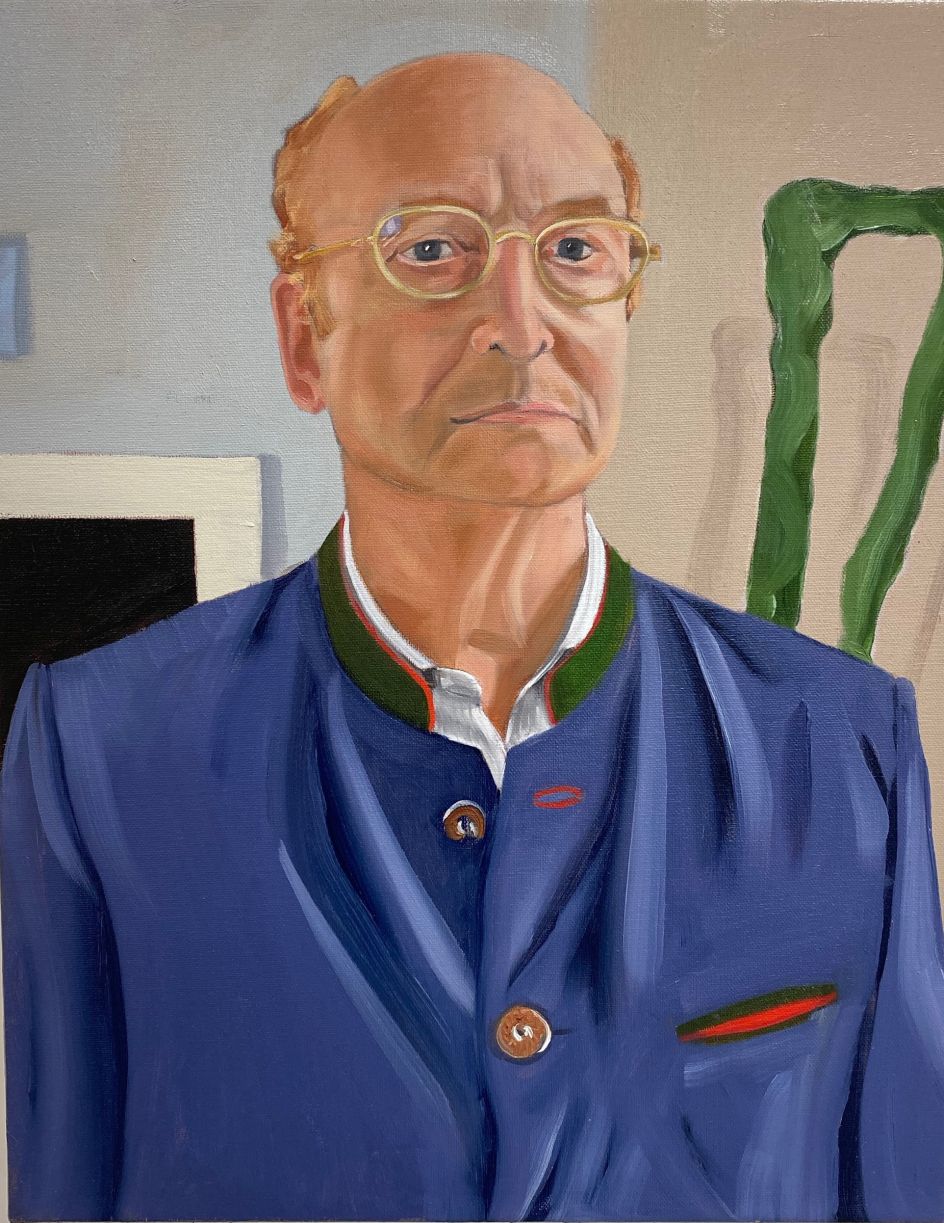
Gil at Home, oil on linen, 2020 © Paul Gervais
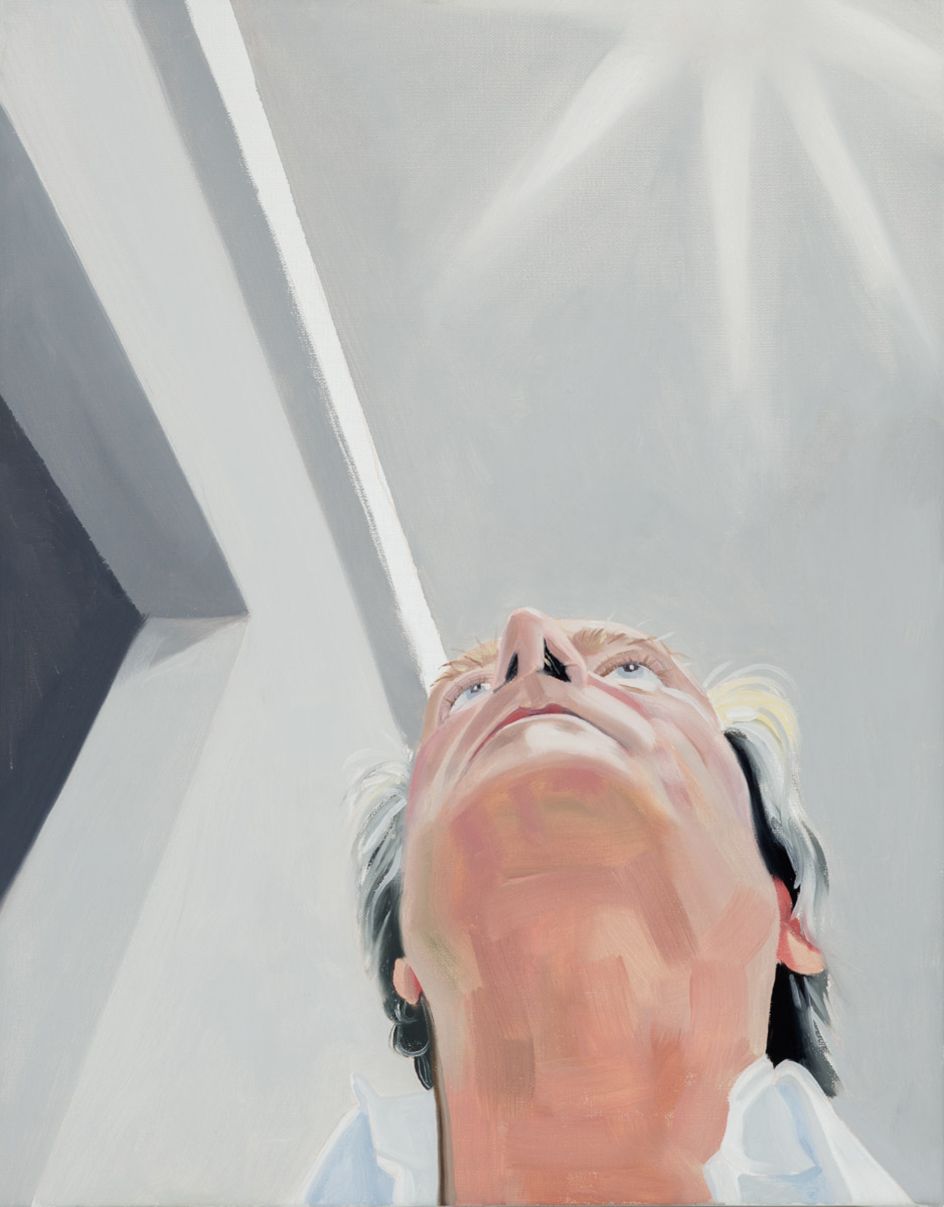
Self-Portrait Looking up, oil on linen, 2020 © Paul Gervais
An acclaimed author, Gervais's first novel was a finalist for the prestigious PEN/Faulkner Award for Fiction in 1991. Presciently, the title of Gervais's first book was Extraordinary People, foreshadowing his focus today on painting people who are extraordinary because they stand out in his life. "When I'm painting a portrait, I'm thinking about that person all the time. A true likeness is what I am looking for most of all," says Gervais, who always paints his subjects from a photograph. "I prefer to catch them while they are in a reflective moment. I don't usually want them looking at the camera. I prefer they never pose nor aim to please, to show a more intimate look at the person."
Looking at the artist's painted forms, they reflect his sensibility and experience and are closely linked to his portraits. He refers to these forms and figures as "all-time, from throughout all cultures of human history". These abstractions have personal relevance for Gervais, such as Sculpture and a Pool – a homage to David Hockney, who Gervais met when he was a student at the San Francisco Art Institute in the 1970s when Hockney was a guest lecturer. Hockney became friends with Paul and Gil. He pictured the couple in one of his Composite Polaroid works during that period, and they have remained friends ever since.
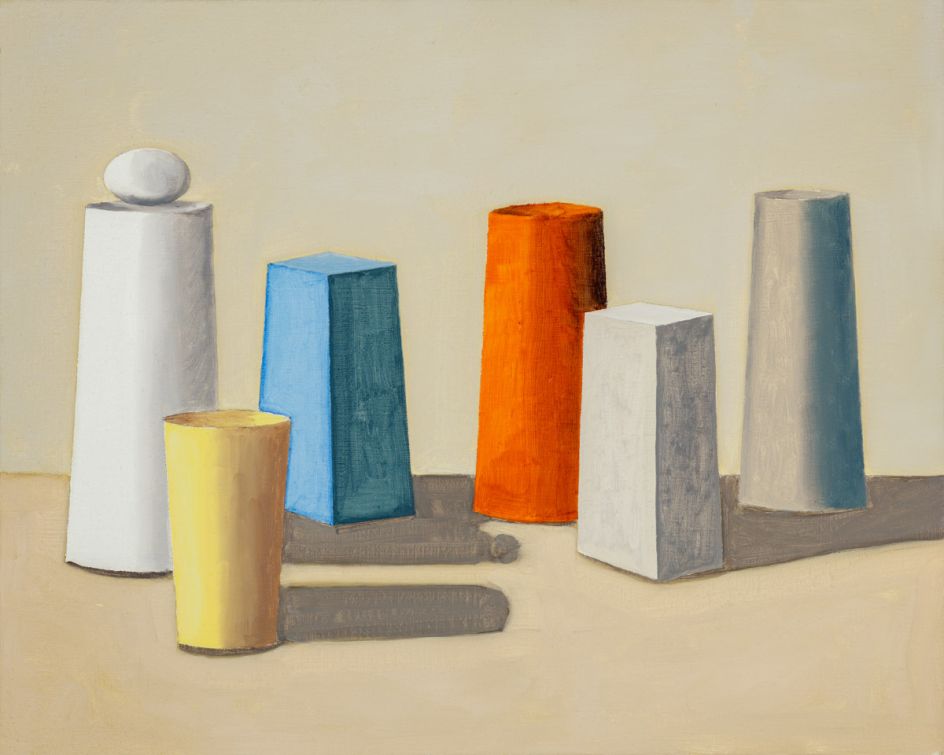
A Yellow Cup, oil on linen, 2020 © Paul Gervais
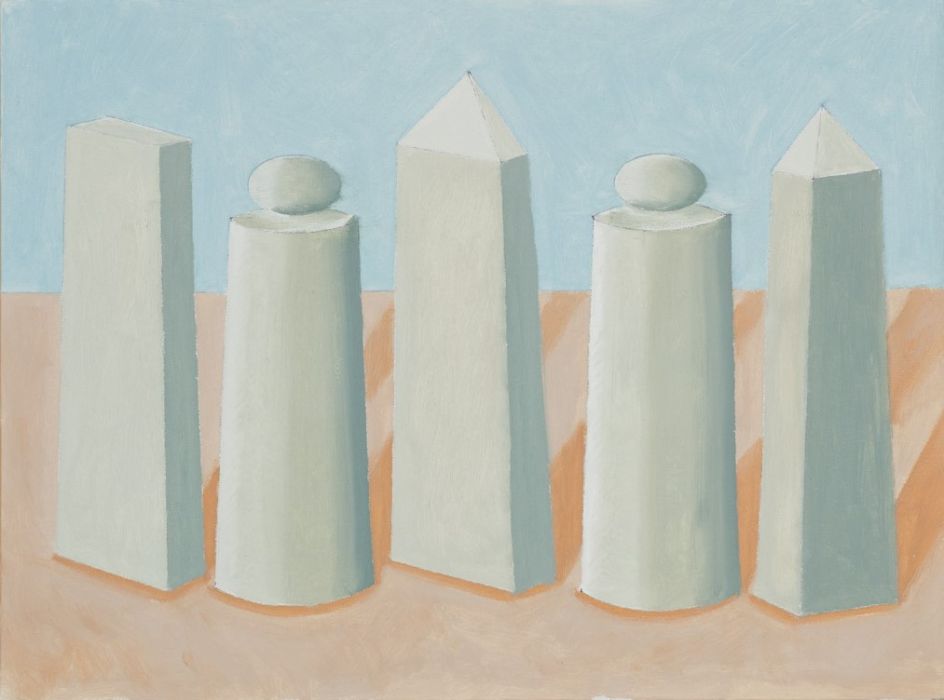
Green Figures in a Landscape, oil on linen over board in artist's frame, 2020 © Paul Gervais
"The abstracts are also very much a portrayal of something that is me," adds Gervais. Some are imagined interiors, such as the hybrid style of Enfilade, a cross between a minimalist home and a contemporary art gallery. In some of these interiors, Gervais includes depictions of paintings behind the forms as nods to iconic abstract expressionist works. In other abstracts, he projects tones inspired by 18th-century neo-classical colours.
The Paul Gervais: Faces and Forms exhibition runs until 30 May at the Boca Raton Museum of Art. To discover more about the artist, visit www.paulgervais.com.




 by Tüpokompanii](https://www.creativeboom.com/upload/articles/58/58684538770fb5b428dc1882f7a732f153500153_732.jpg)

 using <a href="https://www.ohnotype.co/fonts/obviously" target="_blank">Obviously</a> by Oh No Type Co., Art Director, Brand & Creative—Spotify](https://www.creativeboom.com/upload/articles/6e/6ed31eddc26fa563f213fc76d6993dab9231ffe4_732.jpg)









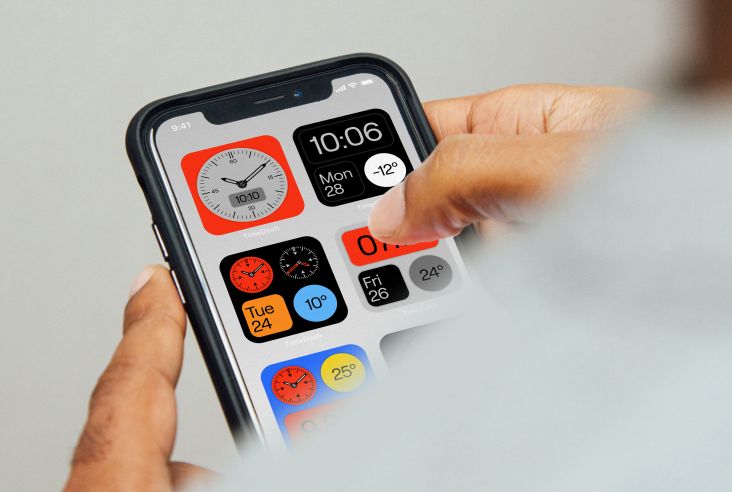
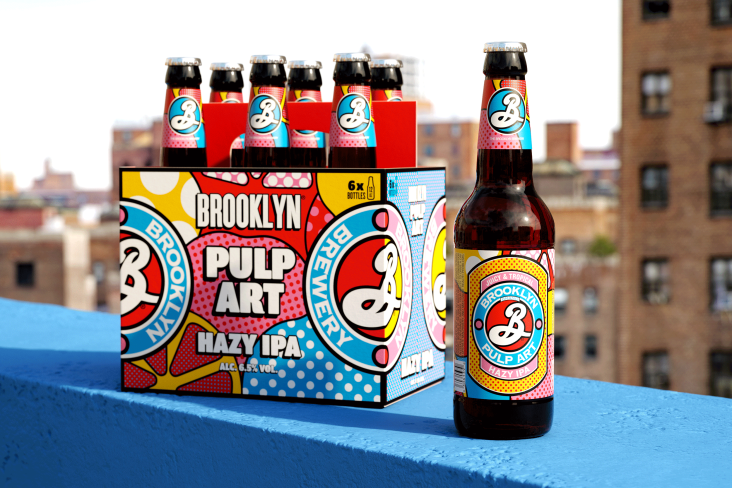
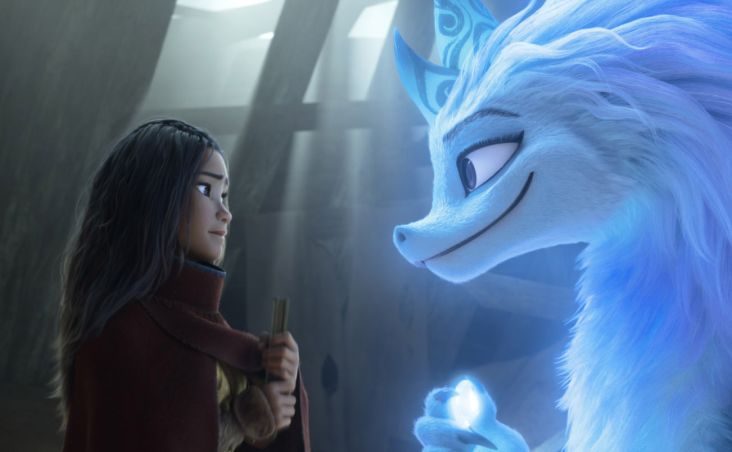
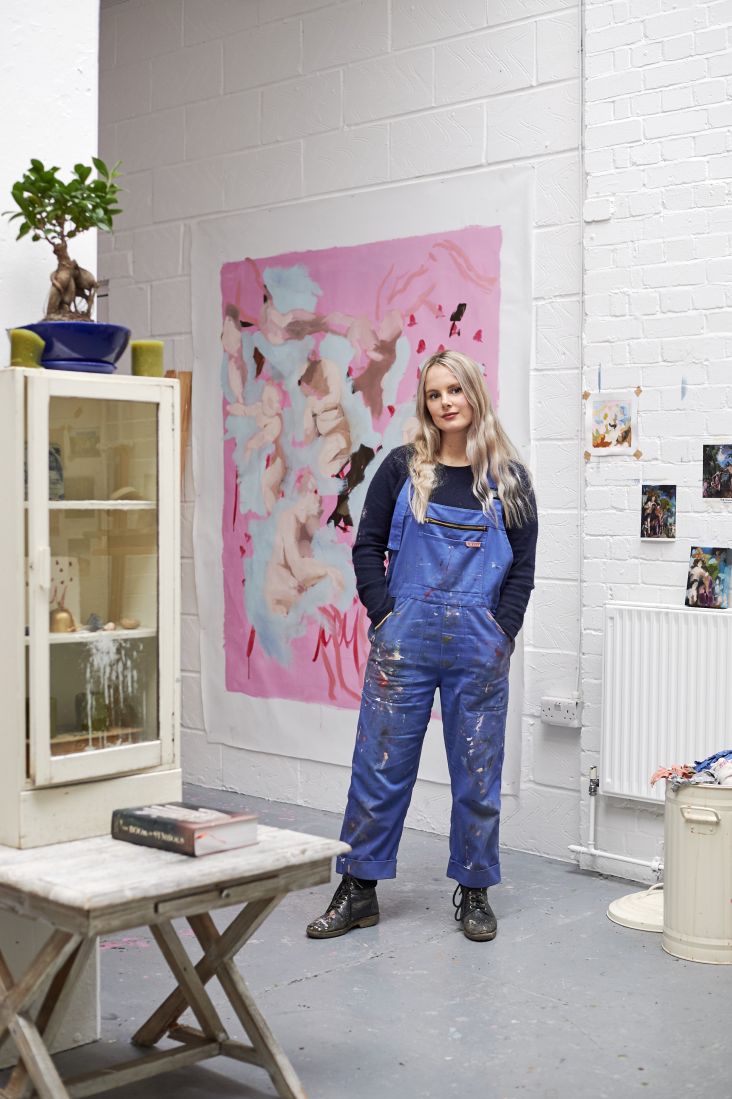
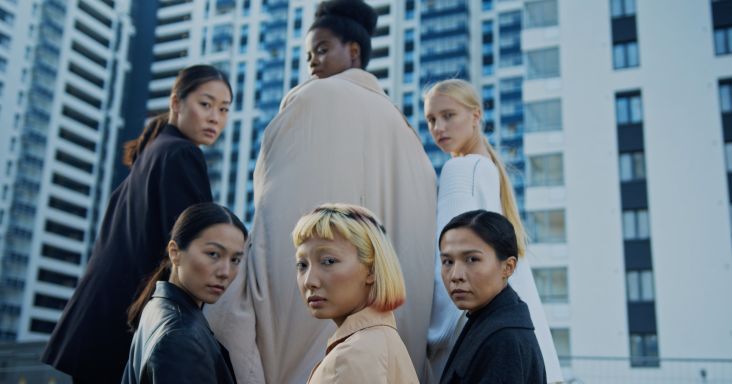

![This Place [of Mine]](https://www.creativeboom.com/upload/articles/23/2331189f3bcf02994d10c5081cc0748a1369c5ce_732.png)
